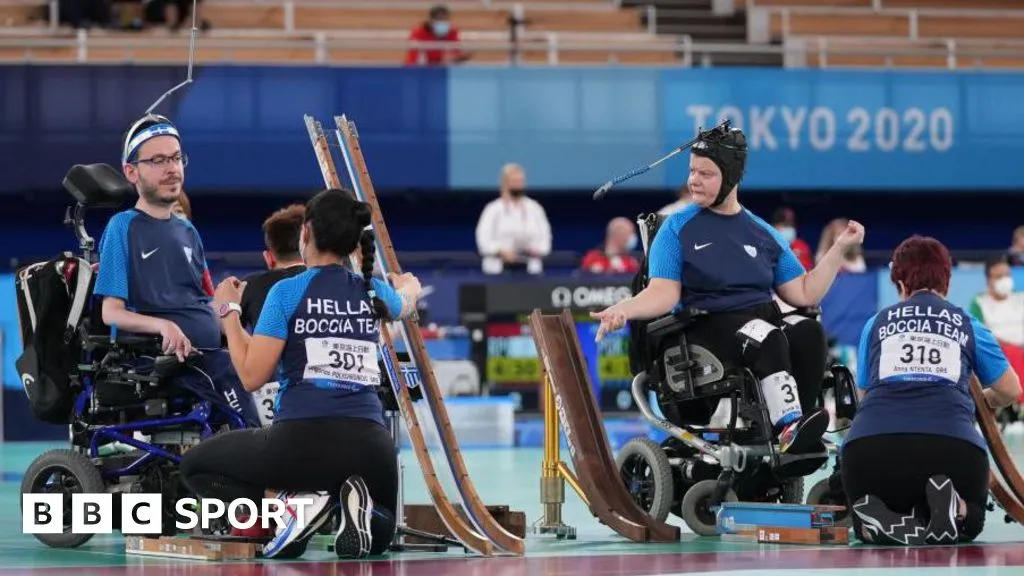Boccia: A Deep Dive into the Rules and Classifications for the Paralympic Sport

Boccia: What You Need to Know
Boccia stands out as a precision sport that emphasizes tactical play. Designed for athletes with severe physical disabilities, it features a unique set of rules and classifications that cater to a diverse range of abilities.
Key Rules of Boccia
- The objective is to throw balls closest to a target ball, called the jack.
- Matches are typically played one-on-one or in teams.
- Scores are determined by the proximity of the balls to the jack at the end of each round.
Classifications in Boccia
Boccia athletes are classified based on their physical abilities to ensure fair competition. Here are the main classifications:
- BC1: Athletes with cerebral palsy who can throw with or without assistance.
- BC2: Athletes with more limited hand function.
- BC3: Athletes requiring assistance from an aide.
- BC4: Athletes with disabilities that do not fall under the other categories.
As interest in boccia grows alongside the approach of the Paralympics, understanding its rules and classifications delivers insight into this captivating sport. For more details, visit official resources on boccia.
This article was prepared using information from open sources in accordance with the principles of Ethical Policy. The editorial team is not responsible for absolute accuracy, as it relies on data from the sources referenced.